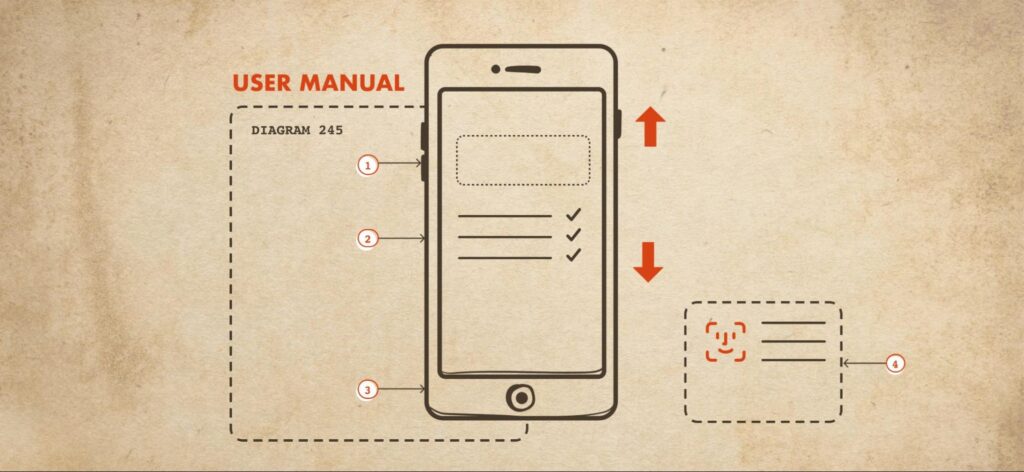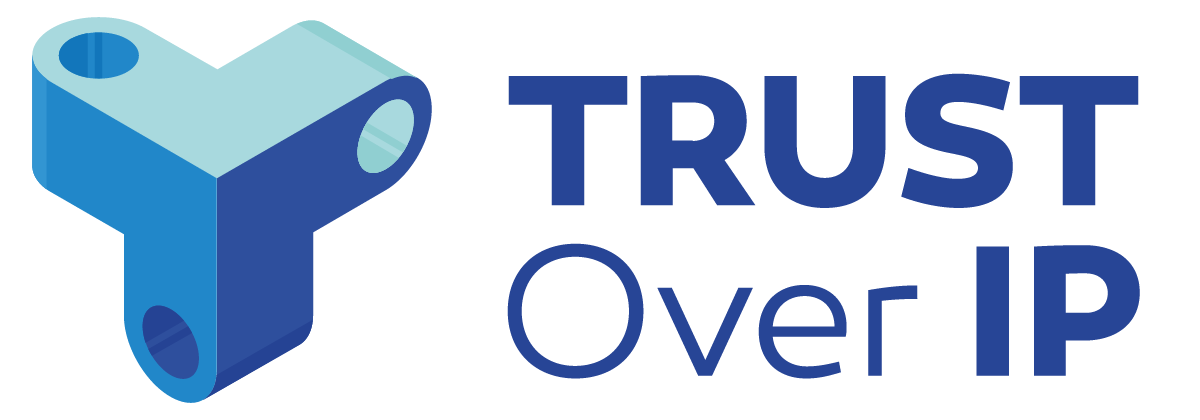Creating guidelines for common digital wallet user patterns – we need your feedback.

Image Credit: Alta Nel
Introduction
The Human Experience Working Group’s Interaction Patterns Task Force is on a mission “to enable digital wallet experiences that are reliable, accessible, and trustworthy.” Think of it like a manual for new gadgets; the digital wallet landscape needs an evolving guide to the common principles and patterns of how we interact with them. We’re running a survey to understand what users and stakeholders really need and want from their ‘digital wallets,’ making it a collective effort. This goal isn’t to provide a singular, one-size-fits all approach; it’s about co-creating a living guide that recognises the diverse contextual needs of different digital wallet users and that keeps up with the twists and turns ahead. Join in by sharing your thoughts in the survey – it’s open to everyone and takes less than 10 minutes. Let’s shape the friendly future of digital wallets together!
New tech, old problems
Any time you or I are offered a new piece of technology, confusion is likely to ensue, at least to begin with. Imagine trying to use your air fryer for the first time without having read any of the instructions and imagine how folks felt when cars first hit the scene back in the late 1800s.
In ancient times, pedestrians kept to the right side, carrying luggage on their right shoulder for protection. Charioteers preferred the right side for reins control, while armed individuals passed on the left for sword accessibility. The shift to right-hand traffic occurred when people stopped suspecting enemies in every encounter. This historical shift informed the psychology influencing the placement of a car’s driver’s side.
Thanks to these valuable insights, these conventions and rules improved safety and efficiency, making it easier to teach and provided choices for drivers.
Then, in the early days of automobiles, a simple manual sufficed to guide users through the basic operations. However, as cars evolved with new features, complexities, and technological integrations, so did the need for a more sophisticated manual. The same principle applies to our digital experiences. What worked yesterday may not be sufficient for the challenges of today or the innovations of tomorrow.
“People ignore design that ignores people.”
— Frank Chimero, Designer
Understanding and shaping the future of digital wallet experiences
In an era defined by rapid technological advancements, the need for reliable and secure data exchange has never been more critical. The Human Experience Working Group’s Interaction Patterns Task Force has undertaken a mission to enable consistent, accessible, and trustworthy digital experiences for all.
Our goal is to create a living resource that contains learnings about the diverse needs and challenges faced by users and stakeholders in the realm of digital wallets, emphasizing a focus on the adoption, operation, and use of digital wallet services. This resource will facilitate those designing and developing in our community to seamlessly implement them.
Much like the evolution of manuals for complex tools such as cars (and air fryers), the emerging landscape of digital wallets demands a guide to navigate its intricacies. By following common principles and patterns of use, digital wallets can reduce cognitive load for users, allowing them to focus on the purpose and context of their interaction rather than the mechanics of operating a digital wallet.
In order to begin this work, we are gathering inputs to better understand the key needs and issues for digital wallet users and stakeholders, from designers to developers, users, issuers, verifiers and regulators. This survey will help to ensure the deliverables of the group meet the needs of the community and bring business value. Open to all, it serves as a channel for users and stakeholders to voice their perspectives, contributing valuable insights to help shape the future of all types of digital wallet experiences.
The survey covers various topics, including:
- Understanding how organizations and people engage with digital wallets for life, work and play.
- Identifying digital wallets that perform well and those that are less effective
- Determining what Trust over IP deliverables would be most valuable for those people and organizations that rely on digital wallets for their day to day business
- Examining an individual’s trust preferences and optimal digital wallet experience
Digital wallet experiences are part of trust-building: Ongoing dialogue and collective responsibility
We recognise that creating a trustworthy digital environment is an ongoing process, and one that requires the creation of reliable repeatable experiences across the ecosystem. This is why we are encouraging an open dialogue that fosters a sense of collective responsibility and ownership, emphasizing that this landscape is a shared space that evolves through the active participation of its users.
By embracing the concept of an evolving manual, the community acknowledges that this journey is a dynamic process, and our understanding of it must continuously evolve. Not only will technologies develop but so will human behaviors as adoption and use of digital wallets increase. Through initiatives like the survey, we are co-creating a manual that will guide us through the complexities of tomorrow.
This survey is for everyone, and it’ll only take a quick 10 minutes of your time. Feel free to complete it as an individual, a representative of an organization, or even both! The survey will be available from December 13th to 22nd January. Access the survey right here!
We’re excited to share the survey results with the community in early 2024. Importantly this will include the deliverables from the task force that are most important to the community of technologists, designers, implementers and users of digital wallets.
You can also find details about the Interaction Patterns Task Force.

